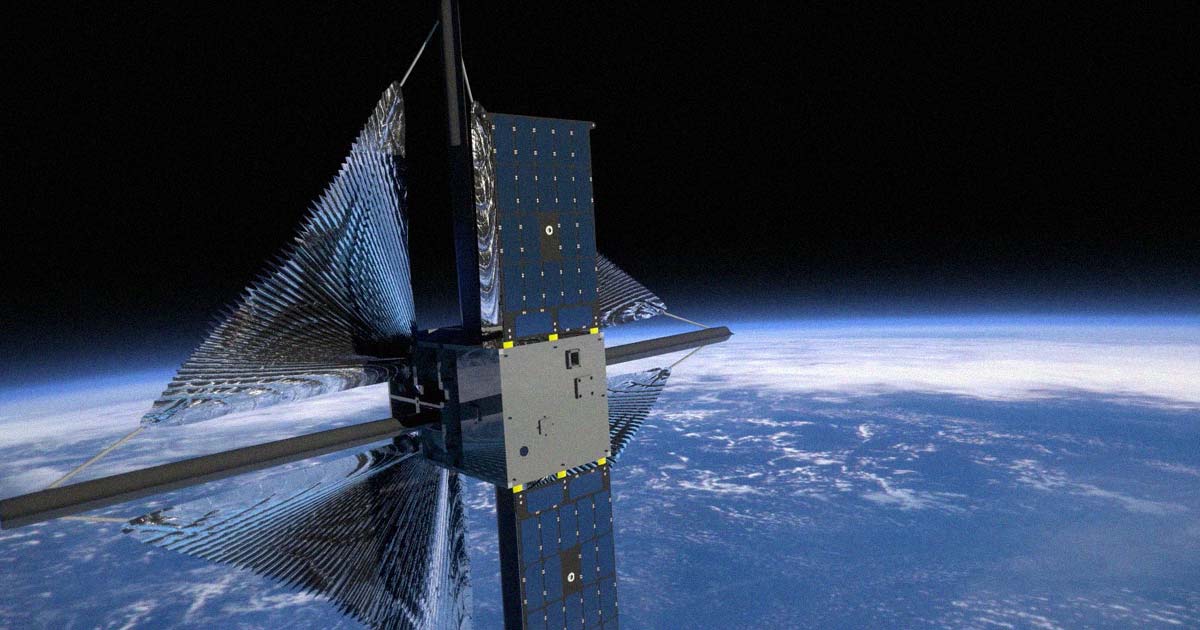
A solar sail is designed to capture the tiny amounts of radiation pressure exerted by sunlight to propel a spacecraft to incredible speeds.
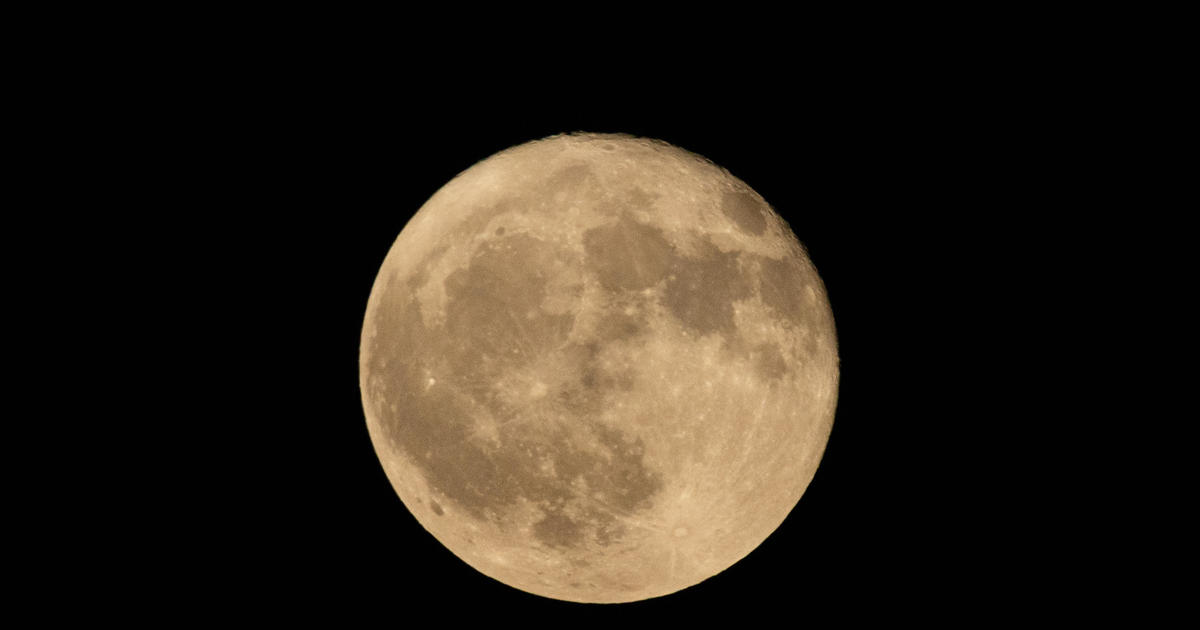
A team of Italian researchers say they have discovered evidence of a lunar cave and suspect that there could be hundreds more.
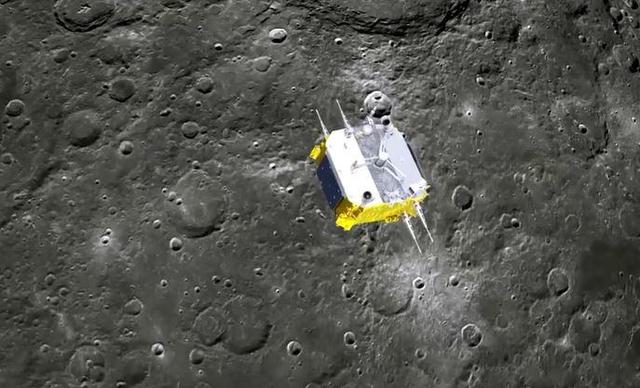
China’s Chang’e-6 lunar probe returned to Earth on Tuesday, bringing back the first-ever samples from the unexplored far side of the moon.

The analysis is key to confirming carbon and nitrogen-rich dusts and organic compounds essential for life. However, the sample also revealed the presence of magnesium-sodium phosphate, which had not been detected before.
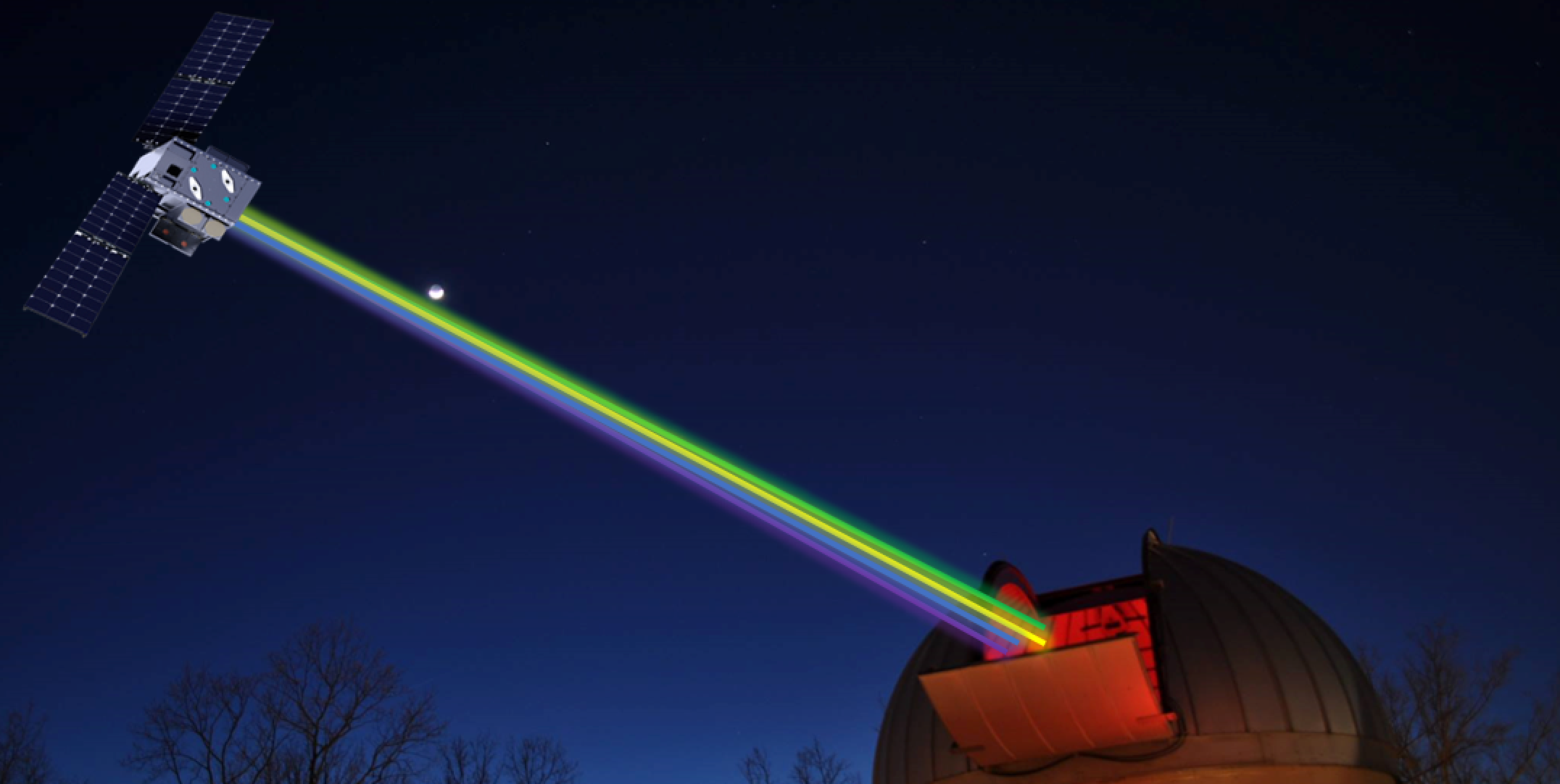
NASA has new plans to launch a tiny satellite mimicking a star into space.
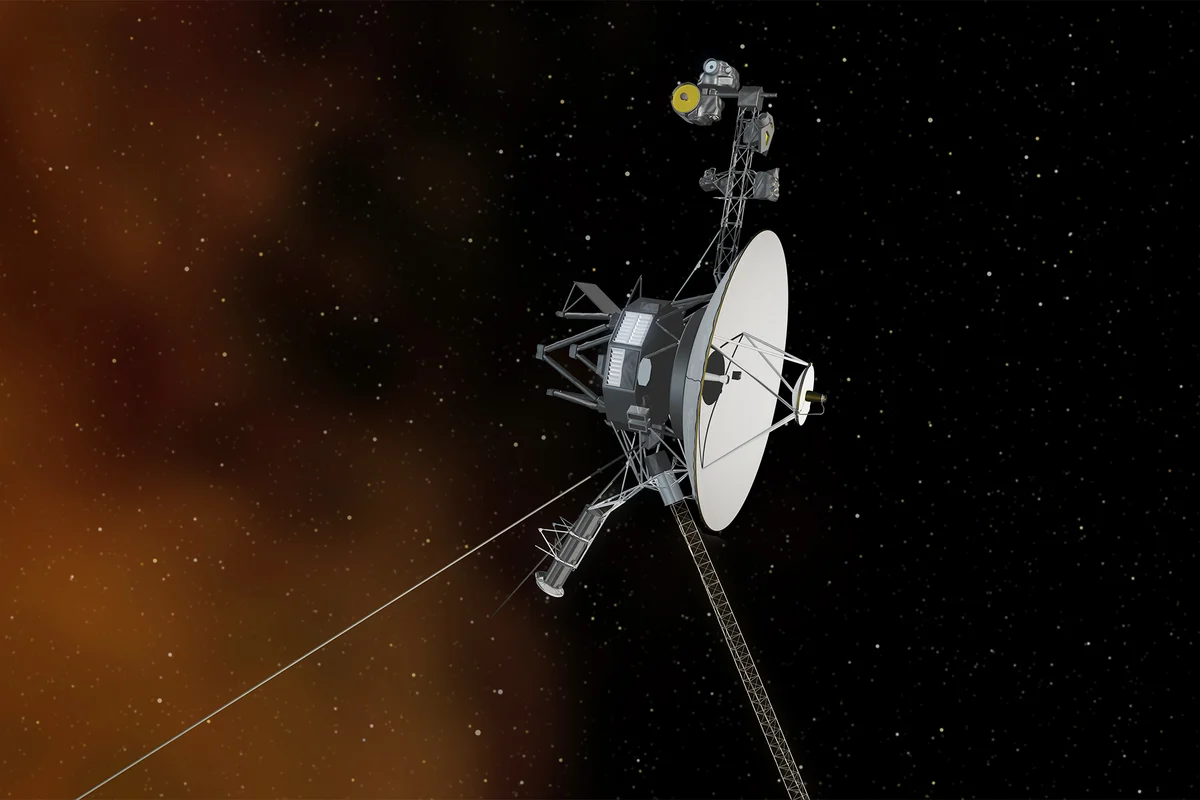
NASA’s Voyager 1 spacecraft is conducting normal science operations for the first time following a technical issue that arose in November 2023.

Nasa says its Perseverance rover has essentially completed the job it was asked to do when it landed on Mars in February 2021.
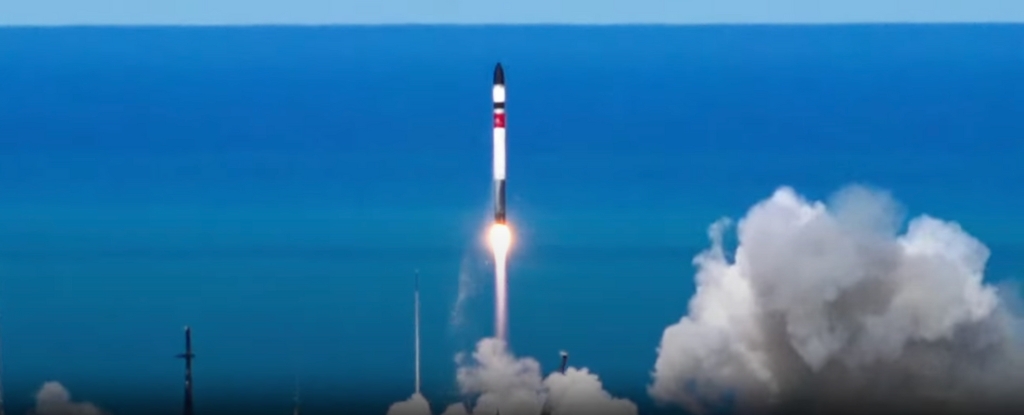
Solar sails are an enigmatic and majestic way to travel across the gulf of space.
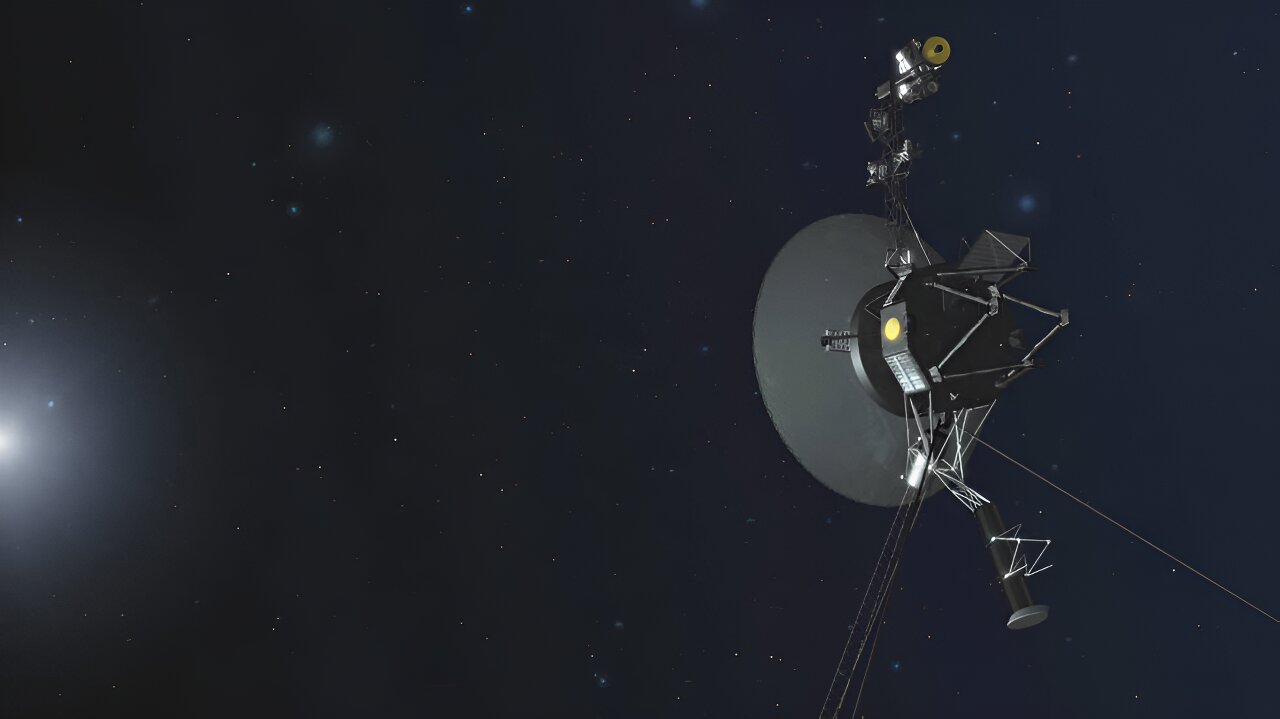
The most distant spacecraft from Earth stopped sending back understandable data last November. NASA's Jet Propulsion Laboratory declared success after receiving good engineering updates late last week.

NASA has given the green light for the nuclear-powered v rotorcraft to explore Saturn's largest moon, Titan. Approval for the 2028 interplanetary mission comes after years of delay due to COVID-19 and a series of cost overruns.

NASA is about to launch a new solar sail design with a better support structure. Called the Advanced Composite Solar Sail System (ACS3).

The vast majority of exoplanets are uninhabitable. For the few that may be habitable, we can only determine if they are by examining their atmospheres. LIFE, the Large Interferometer for Exoplanets, can help.

Odysseus is part of a venture between Intuitive Machines and NASA and the first American craft to land on the Moon since 1972.

NASA, the main sponsor with experiments on board, hopes to jumpstart lunar economy ahead of astronaut missions.

A team of scientists has come up with a wild new way to visit our closest star Proxima Centauri using a swarm of tiny spacecraft.